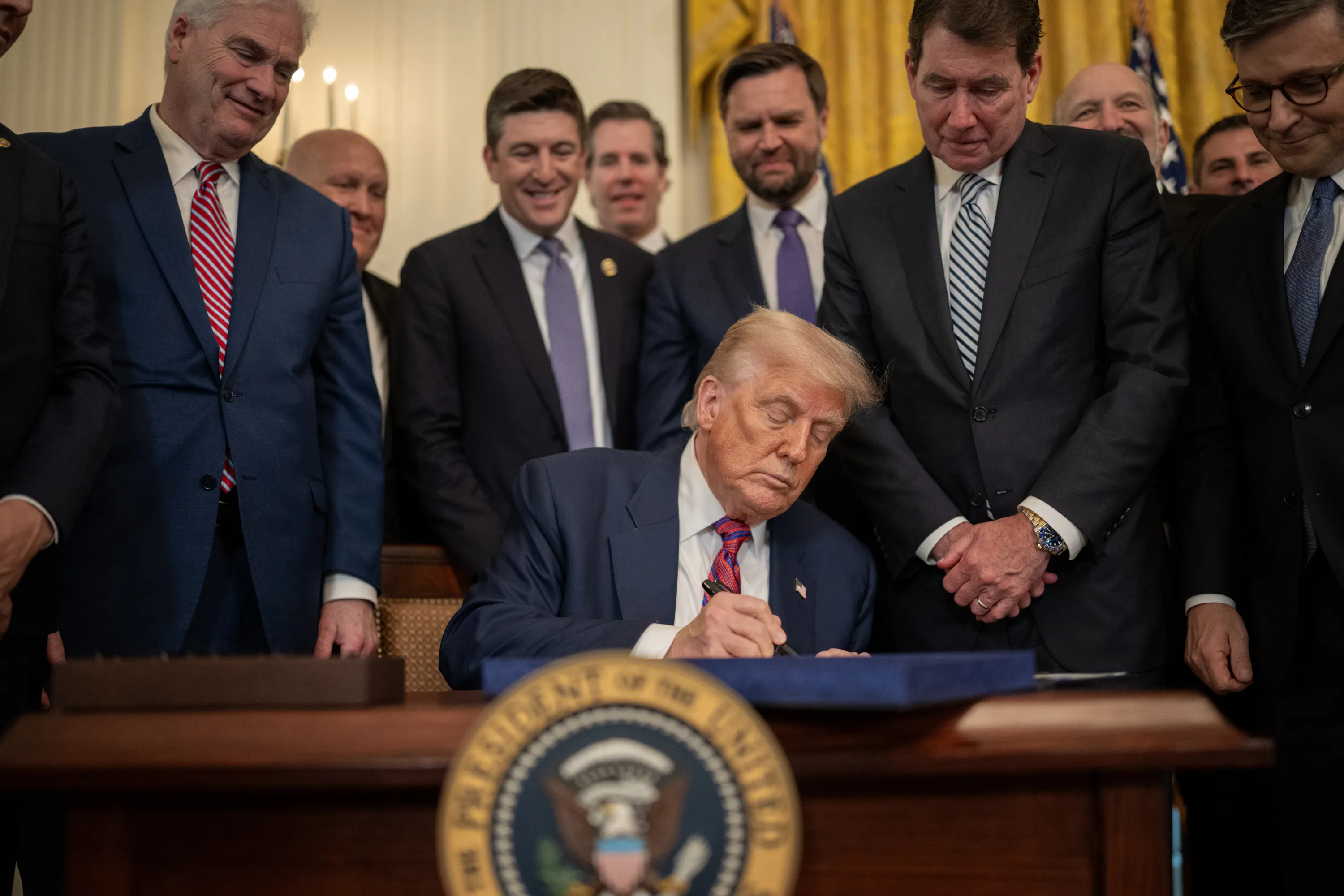This is why we use gold as currency

The first use of gold as money occurred around 700 B.C.
Image: REUTERS/Leonhard Foeger
Stay up to date:
Modern Mining
Why Gold is Money
The economist John Maynard Keynes famously called gold a “barbarous relic”, suggesting that its usefulness as money is an artifact of the past. In an era filled with cashless transactions and hundreds of cryptocurrencies, this statement seems truer today than in Keynes’ time.
However, gold also possesses elemental properties that has made it an ideal metal for money throughout history.
Sanat Kumar, a chemical engineer from Columbia University, broke down the periodic table to show why gold has been used as a monetary metal for thousands of years.

The Periodic Table
The periodic table organizes 118 elements in rows by increasing atomic number (periods) and columns (groups) with similar electron configurations.
Just as in today’s animation, let’s apply the process of elimination to the periodic table to see why gold is money:
- Gases and Liquids
Noble gases (such as argon and helium), as well as elements such as hydrogen, nitrogen, oxygen, fluorine and chlorine are gaseous at room temperature and standard pressure. Meanwhile, mercury and bromine are liquids. As a form of money, these are implausible and impractical. - Lanthanides and Actinides
Next, lanthanides and actinides are both generally elements that can decay and become radioactive. If you were to carry these around in your pocket they could irradiate or poison you. - Alkali and Alkaline-Earth Metals
Alkali and alkaline earth metals are located on the left-hand side of the periodic table, and are highly reactive at standard pressure and room temperature. Some can even burst into flames. - Transition, Post Transition Metals, and Metalloids
There are about 30 elements that are solid, nonflammable, and nontoxic. For an element to be used as money it needs to be rare, but not too rare. Nickel and copper, for example, are found throughout the Earth’s crust in relative abundance. - Super Rare and Synthetic Elements
Osmium only exists in the Earth’s crust from meteorites. Meanwhile, synthetic elements such as rutherfordium and nihonium must be created in a laboratory.
Once the above elements are eliminated, there are only five precious metals left: platinum, palladium, rhodium, silver and gold. People have used silver as money, but it tarnishes over time. Rhodium and palladium are more recent discoveries, with limited historical uses.
Platinum and gold are the remaining elements. Platinum’s extremely high melting point would require a furnace of the Gods to melt back in ancient times, making it impractical. This leaves us with gold. It melts at a lower temperature and is malleable, making it easy to work with.
Gold as Money
Gold does not dissipate into the atmosphere, it does not burst into flames, and it does not poison or irradiate the holder. It is rare enough to make it difficult to overproduce and malleable to mint into coins, bars, and bricks. Civilizations have consistently used gold as a material of value.
Perhaps modern societies would be well-served by looking at the properties of gold, to see why it has served as money for millennia, especially when someone’s wealth could disappear in a click.
Don't miss any update on this topic
Create a free account and access your personalized content collection with our latest publications and analyses.
License and Republishing
World Economic Forum articles may be republished in accordance with the Creative Commons Attribution-NonCommercial-NoDerivatives 4.0 International Public License, and in accordance with our Terms of Use.
The views expressed in this article are those of the author alone and not the World Economic Forum.
Related topics:
Forum Stories newsletter
Bringing you weekly curated insights and analysis on the global issues that matter.
More on Financial and Monetary SystemsSee all
Naoko Tochibayashi
September 17, 2025
Dante Disparte
September 17, 2025
Kahlil (KB) Byrd and Alexis Crow
September 16, 2025
Mark Gough and Naoko Ishii
September 15, 2025
Eneida Licaj and Genevieve Sherman
September 10, 2025
Seham Farouk and Sourajit Aiyer
September 9, 2025





